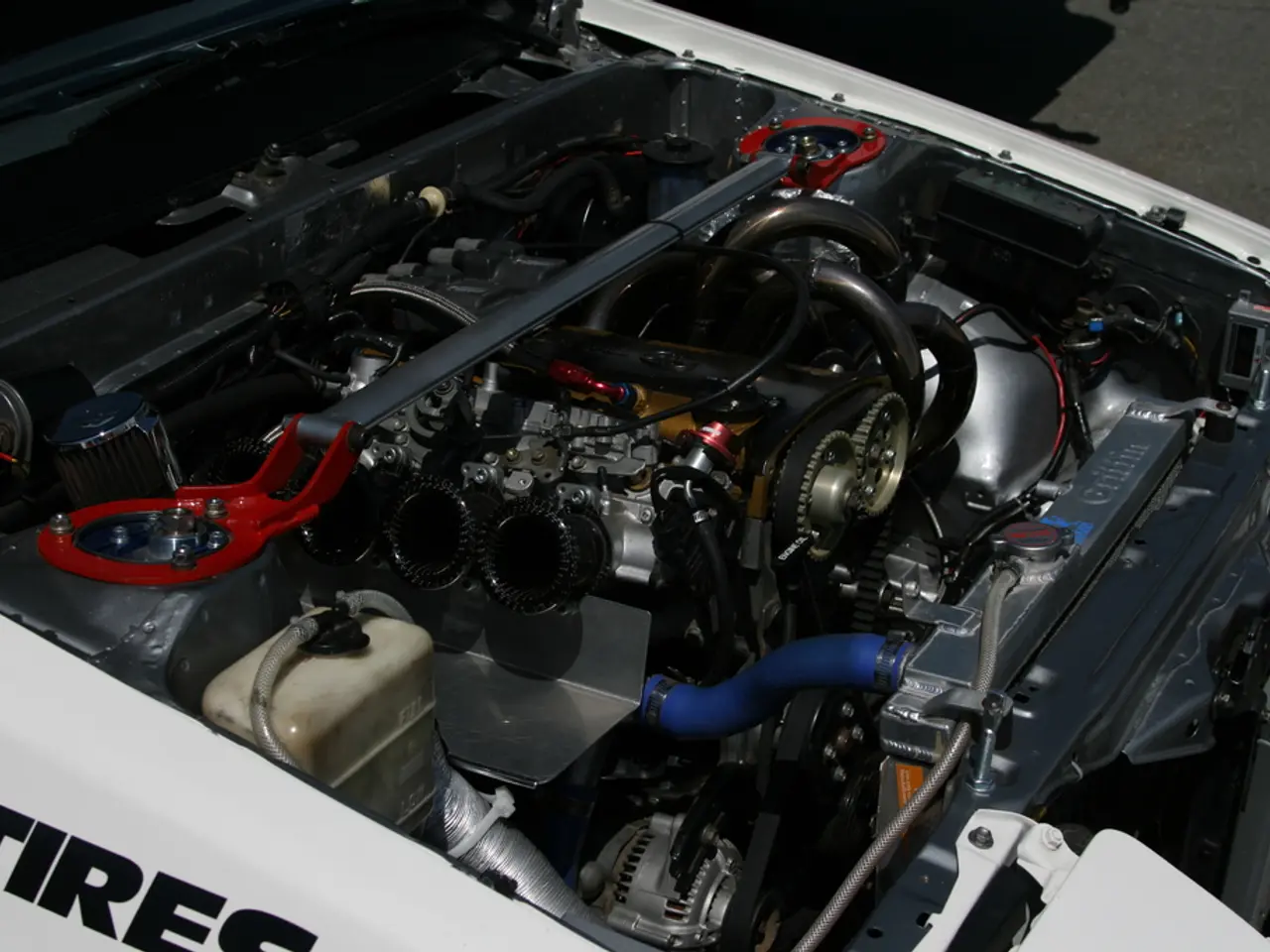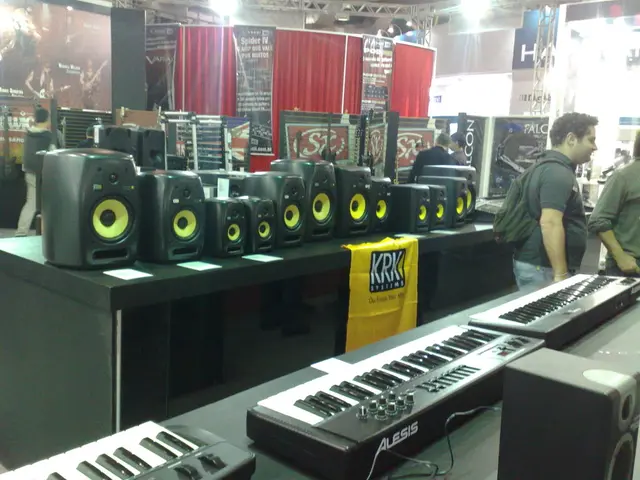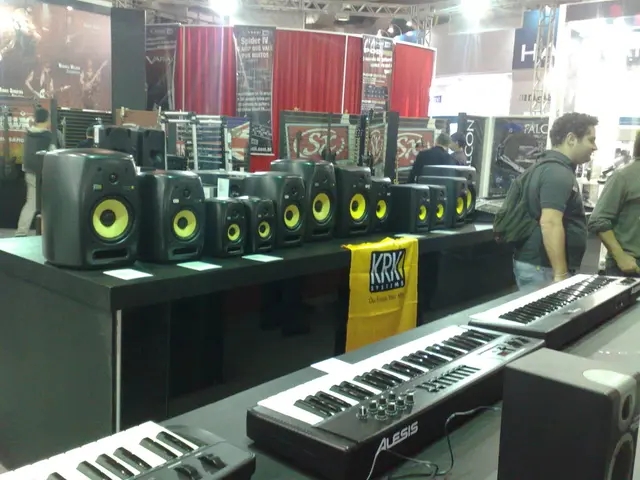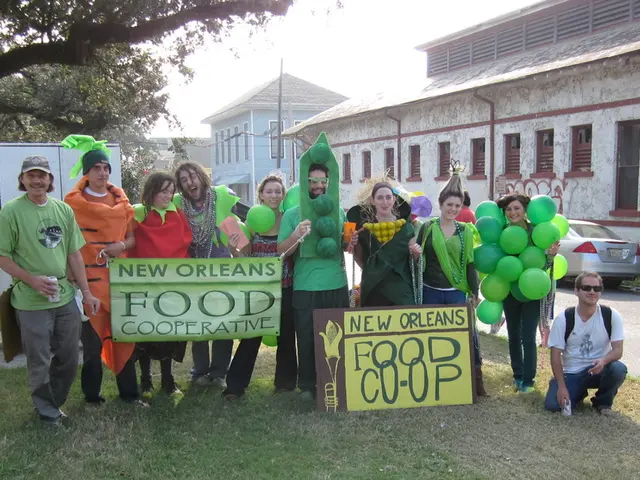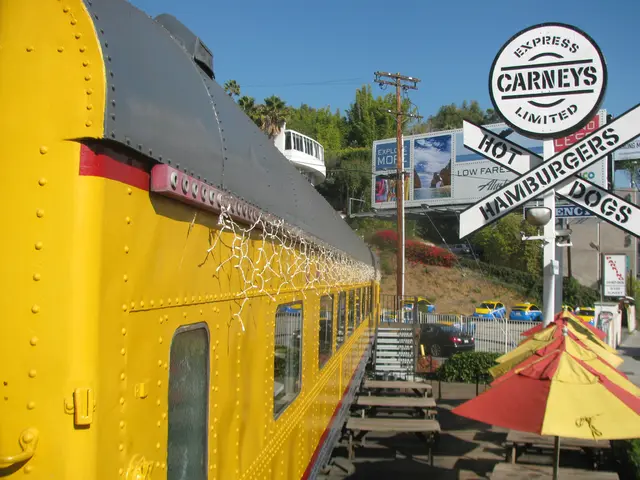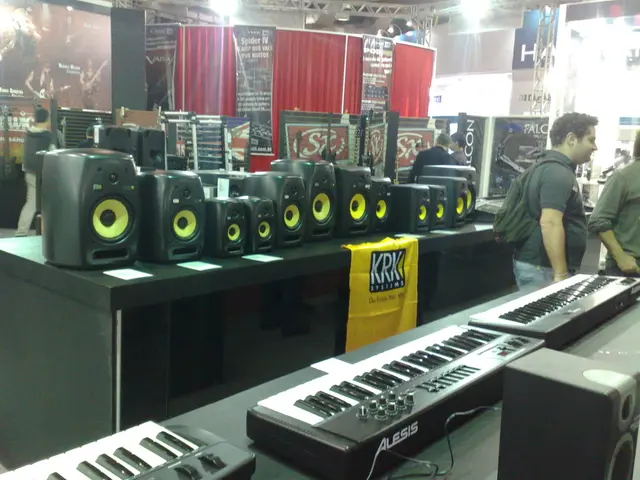EV manufacturers CATL and BYD are pioneering the development of 6C batteries for electric vehicles.
In the world of electric vehicles (EVs), speed matters, and the race to faster charging is on. Companies like BYD, CALB, and CATL are leading the charge, developing batteries that promise charging speeds up to six times faster than current standards. However, the practical appeal of this technology is still limited by the scarcity of 5C charging stations.
BYD, a Chinese multinational technology company, is at the forefront of this revolution. They are developing a 6C battery alongside their fast-charging products. Their advancements in battery system cooling include direct cooling and heating with refrigerants, a significant stride towards managing the heat generated during rapid charging.
BYD's fifth-generation DM system introduced a new generation of hybrid blade batteries with significant improvements in direct cooling systems. The new generation of BYD's hybrid blade batteries uses an S-shaped cooling plate design, offering a larger cooling area and better temperature uniformity. BYD is preparing to launch fast-charging battery products in the second half of 2024.
CALB, another battery manufacturer, plans to start mass producing 46-series large cylindrical batteries supporting a 6C charging rate in the fourth quarter of 2024. They are also planning to mass produce and install 5C batteries, capable of charging up to 80% in ten minutes, in vehicles this year.
The industry is pursuing 6C charging speed by using advanced battery technologies such as 800V systems and battery designs supporting high charge rates. This is exemplified by vehicles like the Changan Qiyuan A06 with up to 6C fast charging capability. However, the construction of 4C, 5C, or even 6C ultra-fast charging stations requires the resolution of existing power grid capacity issues.
One of the critical issues in building such rapid charging stations is the inclusion of energy storage capabilities, which can hike costs. Huawei plans to deploy over 100,000 fully liquid-cooled ultra-fast charging stations by 2024, with a maximum output of 600 kW and a maximum current of 600A.
Meanwhile, CATL plans to launch an EV battery with a 6C charging rate in the second half of 2024. The new CATL battery is part of the second generation of its Qilin battery. The Qilin battery's liquid cooling plate design increases the cooling area of the battery pack fivefold, achieving a maximum cooling power of 16 kilowatts. Li Auto and Zeekr have had technical discussions with CATL about this new battery but have not yet decided on integration.
However, no company wants to be left behind in the race to enhance charging speeds. But simply boosting car-side charging speed without enhancing corresponding infrastructure is unlikely to fulfill the promise of making charging as fast as refueling. The practical application of 6C charging technology depends on the rapid expansion of ultra-fast charging stations.
In conclusion, the advancements in charging technology are promising, with companies like BYD, CALB, and CATL leading the way. However, the practical appeal of 6C charging technology is still limited by the scarcity of 5C charging stations. The race is on to build the infrastructure necessary to support these rapid charging speeds, with companies like Huawei stepping up to the challenge.
